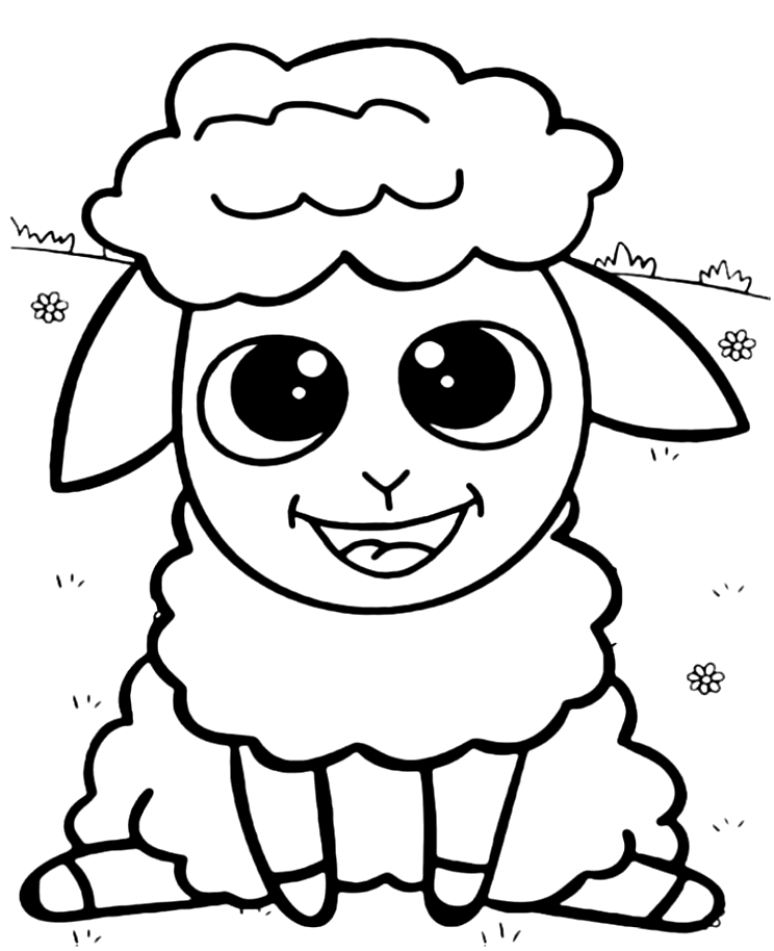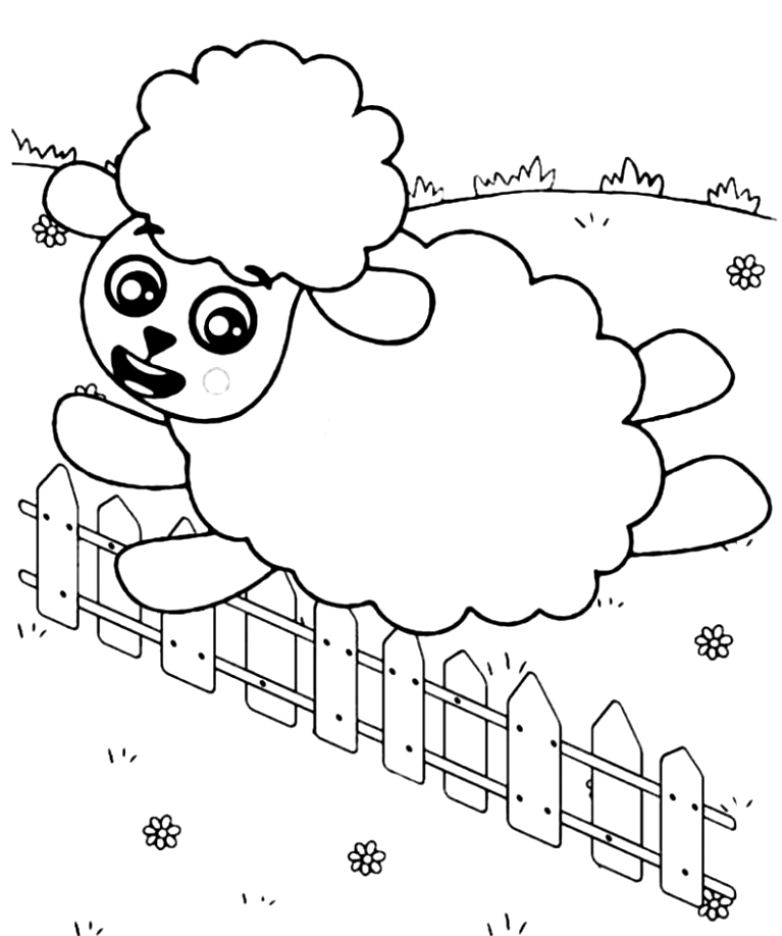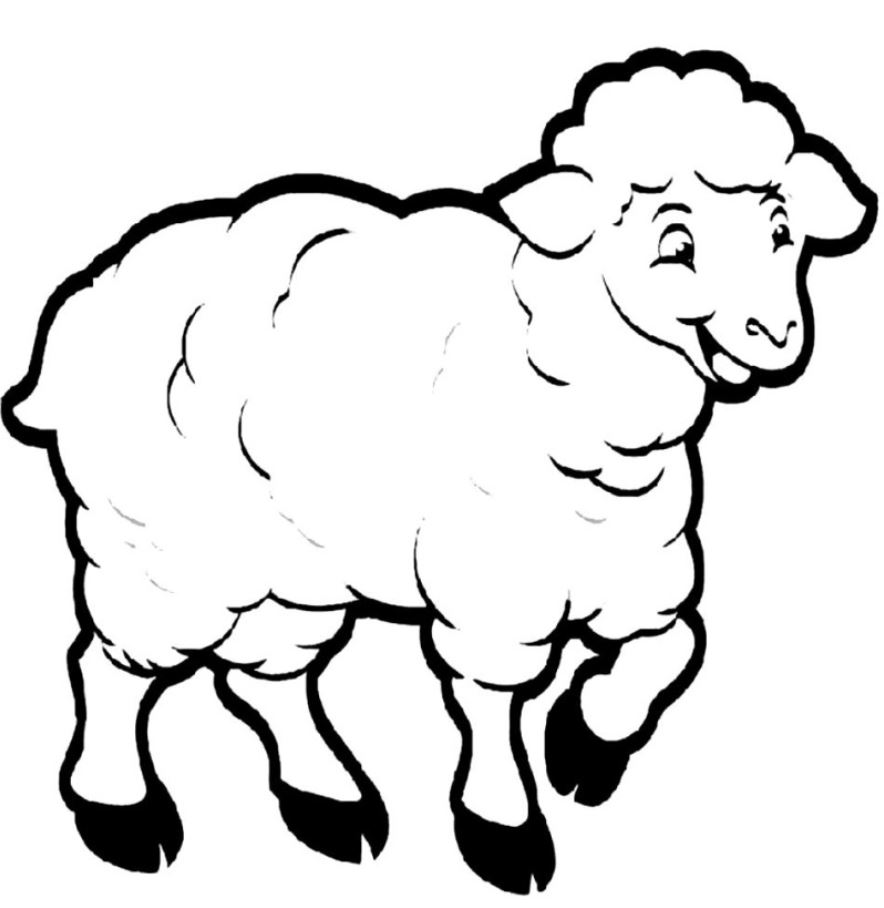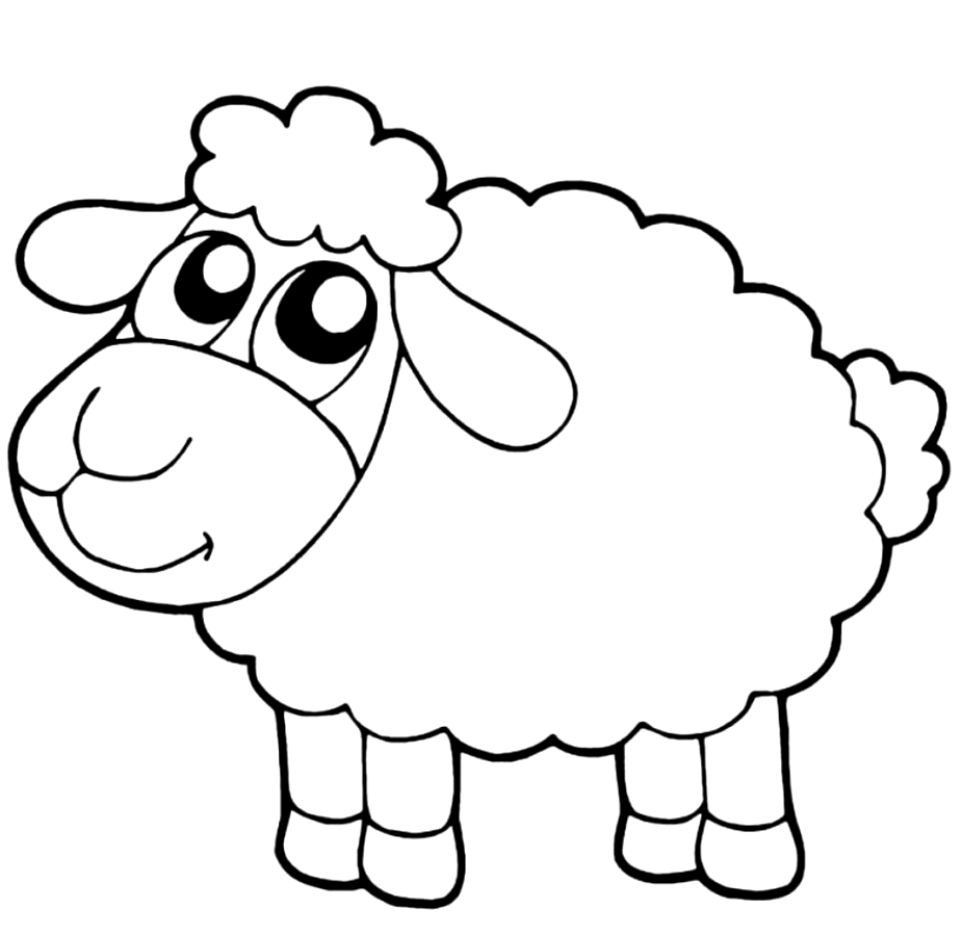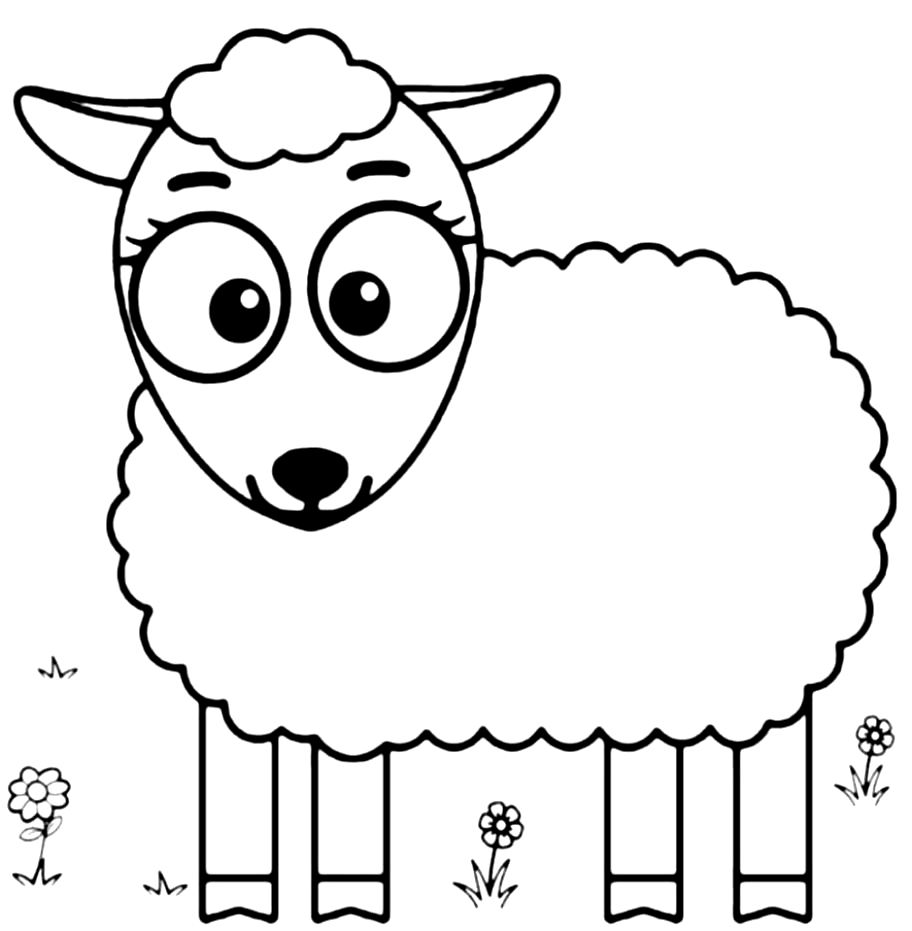Sheeps
Sheeps coloring pages are the most exciting of farm animals. Working with sheep coloring page is quite easy. We have compiled the most liked pages for you. They live almost everywhere in the world, both domestic and wild. Gray, white, black and brown pencils for sheep coloring page will help you.
Sheeps coloring pages (free printable)
We hope the sheep pages have made you dream as if you are living in a farmhouse. Now we would like to give you detailed information about sheep.
Sheep Characteristics
It is worth noting that the differences in the color of the wool have nothing to do with the gender of the animal. In spring and summer, goose bulbs, feather grass, grass, various legumes, etc. They prefer juicy grasses such as They also prefer to eat different fruits and greens. They love the leaves and young shoots of oak, maple and other trees. When the snow falls, the sheep searches for the remaining dry grass. In addition, mosses and lichens, wild rose and almond branches can also be found in their diet during this period. In captivity, sheep and rams are fed with hay, and ground barley and oats are also added. Sheep are animals that are accustomed to a herd lifestyle. Among themselves, members of the herd communicate with each other. Sheep can have voices that differ in tonality, and members of the herd fully recognize their herd. As pets, sheep are probably the oldest domesticated pets alongside the house dog, and were domesticated between 6,000 and 8,000 years ago. It is the richest family of the ruminant family in terms of species. They are widespread in North America, Europe, Asia and especially Africa. They reached South America and Australia by human hand. They are found in different biotopes, especially in steppes, mountainous areas, and to a lesser extent in forests. They feed on plant foods and tend to form a flock.
They are docile animals whose milk and wool are used. Their noses are bare and moist, their bodies are covered with thick hairs. Males always have a pair of horns, while females sometimes do. The knuckles on the horns are used to calculate the age. They have extra hair formations (beard, mane, etc.) on their bodies. They give birth to 1-3 cubs 2 times a year and each time. The gestation period is 5-11 months. Sheep have a lifespan of 10 to 12 years.
Lambs usually suckle for three to five months, but start grazing within a few weeks. When the males are over two years old, they leave the herd and group together under the leadership of a strong ram. In times of anger, there are clashes with each other in the form of violent smacking. The female sheep wander under the leadership of the oldest and most experienced sheep.
Sheep Species
There are many types of sheep. These species include Argali, American Wild Sheep, European Mouflon, Dall Wild Sheep, Snow Sheep, and Merino. The healthiest and best yielding sheep in the world is known as Merino.
Argali
Argali, a wild sheep species living in geographies such as Kazakhstan, Tajikistan, and the Altai Mountains; It stands out as one of the largest living sheep. The height of this sheep breed is 1.25 meters from the ground, and its weight can reach up to 250 kilograms.
Domestic Sheep
6 million tons of meat and 8 million tons of milk are obtained from this breed of sheep, which is raised for its meat, milk and wool.
Mouflon
This sheep breed, whose homeland is South Asia, is considered to be the ancestor of domestic sheep. Today, this species, which has found a habitat in Central and Eastern Europe, has a lifespan of 12 to 15 years.
American Wild Sheep
This wild sheep species living in North America is also quite successful in climbing, although not as much as goats.
Dall Sheep
This sheep breed, which mainly lives in Alaska and Canada, draws attention with its completely white fur.
Meat Sheep Breeds
Meaty sheep breeds are one of the sheep breeds classified according to their yield. As a result of centuries of crossbreeding, the meaty sheep breeds that have survived and are bred are as follows:
- Asaph
- Bafra
- Suffolk
- Dorper
- Targhee
- Columbia
- Menemen
- K.Merino
- Central Anatolian Merino
- German Black Headed Meat Sheep
Dairy Sheep Breeds
Dairy sheep is one of the prominent subclasses in the classification according to the yield aspects of sheep. As the name suggests, dairy sheep breeds used in milk production are:
- East Frieze Sheep
- Awassi Sheep
- Gum Sheep
- Lacaune Sheep
- Sarda Sheep
Sheep lifespan varies between 7 and 12 years. If the living conditions are good, their life span can reach 15 years. In captivity with good care, animals can live up to 20 years. After mating, the ram leaves the female and goes after another sheep. The breeding of sheep takes about five months. When the sheep senses that the lambs are coming early, it leaves its flock for a while and looks for a secluded place where the cubs will be born. A newborn lamb is born weighing about 3 to 5 kilograms. After birth, the cubs stay in the shelters for a few more days and then come back to the flock with the sheep. Even at the age of 6-7 months, pubescence is observed in sheep. In mating, however, they are allowed to reach one or more years of age to have a healthy offspring. Some animals with good nutrition reach a live weight of 45-50 kg in 10 months. Therefore, they can be mated at the same time. The hunting season for sheep depends on natural and climatic features, nutrition and health. It usually starts in August and lasts until February.


